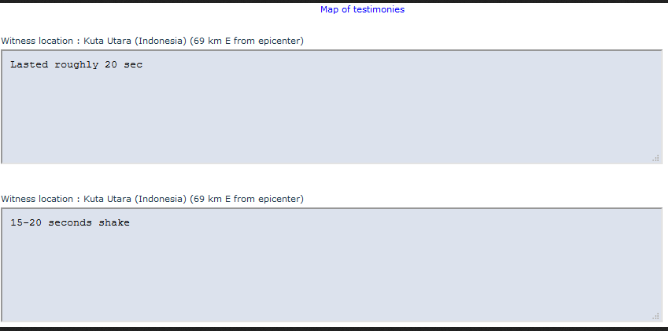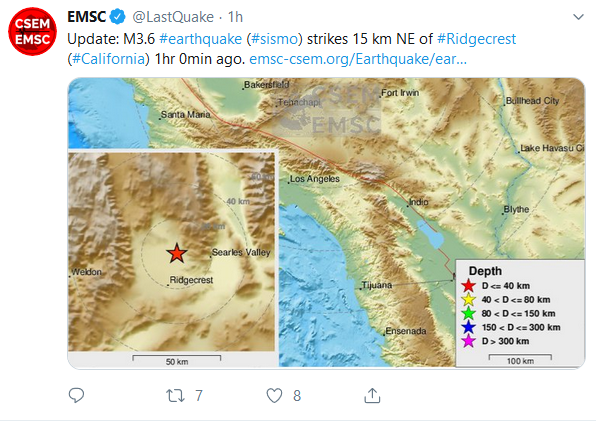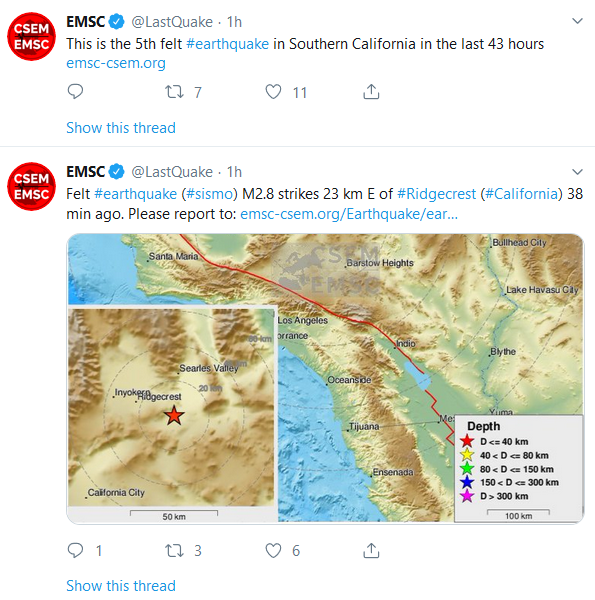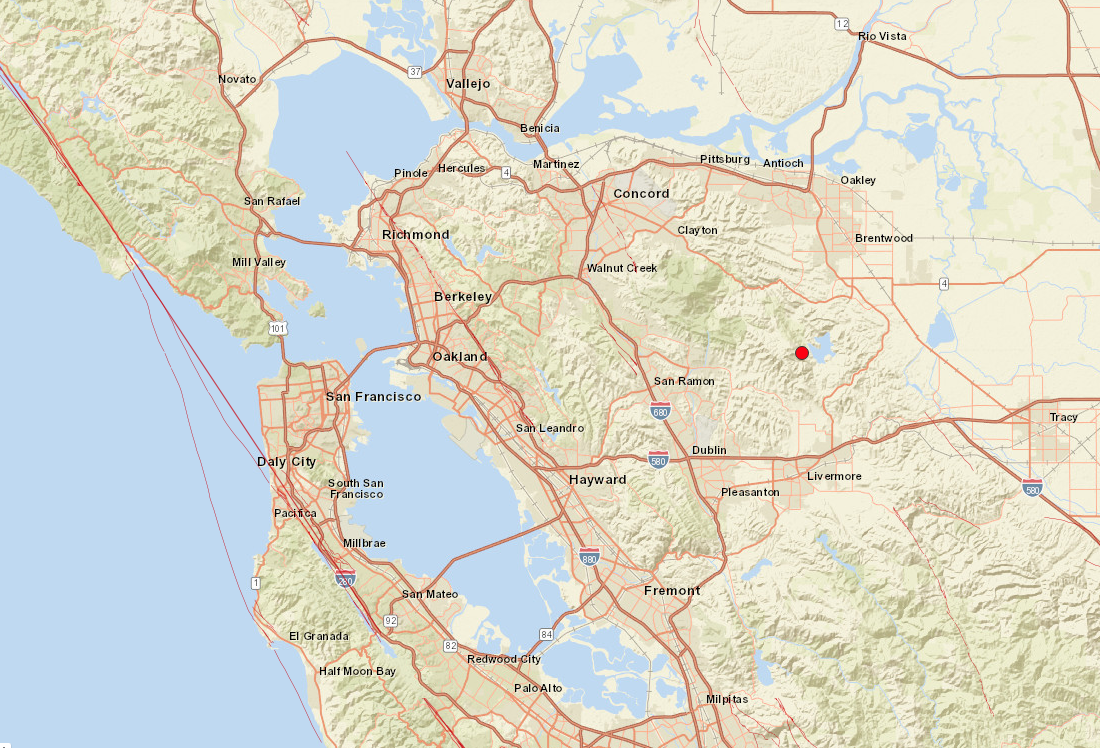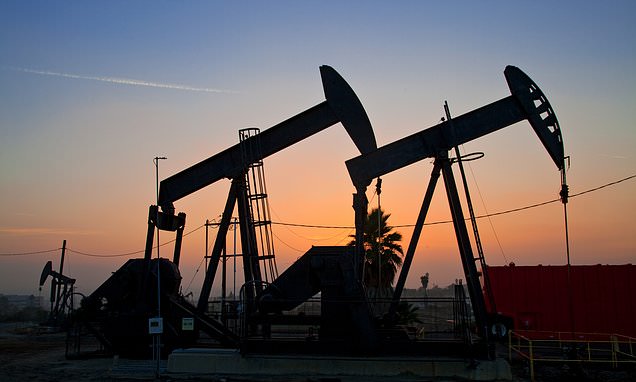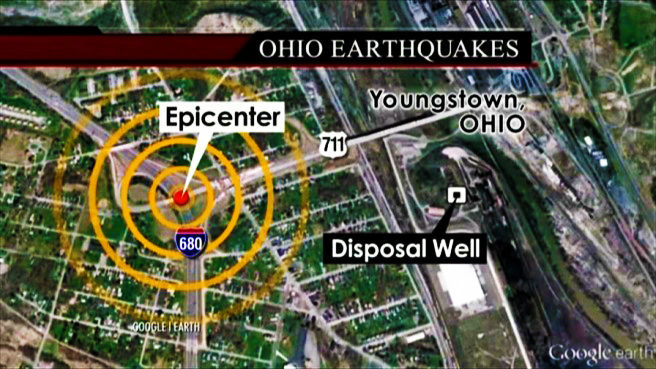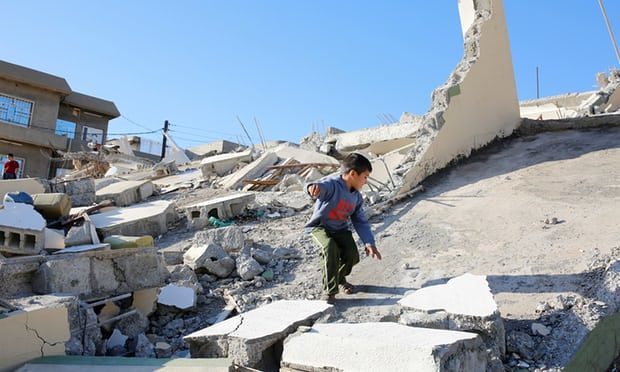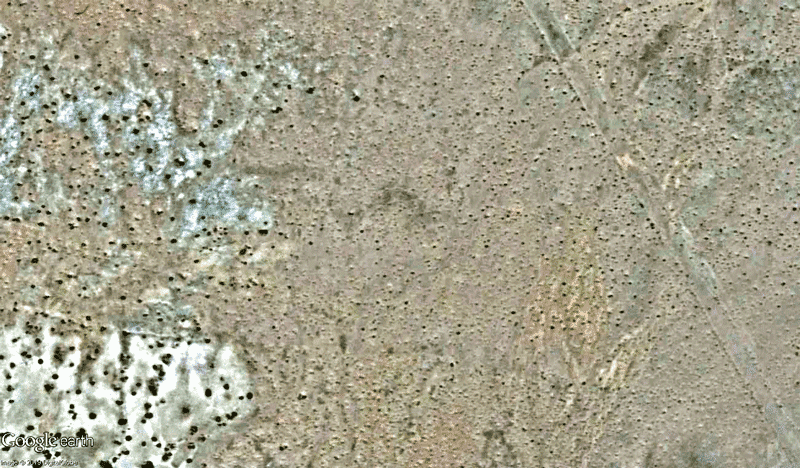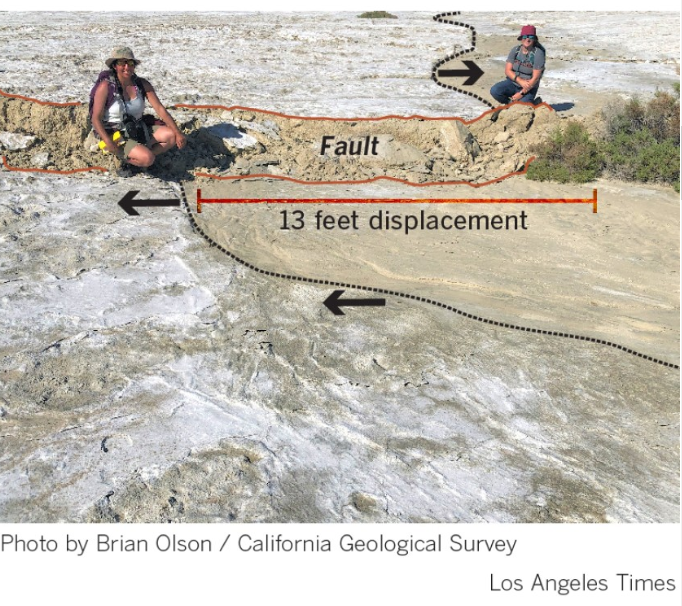Why micro-sisms in Mexico City are only perceptible in certain areas
Two new earthquakes, magnitude 2.2 and 1.8, were recorded this Thursday afternoon in the mayor's office Alvaro Obregon, west of Mexico City. With them, there are
19 microsisms that since last July 12 have been perceived in some parts of the Mexican capital, with emphasis on the aforementioned demarcation, in addition to that of Miguel Hidalgo.
Until this Wednesday, there was still speculation as to whether the causes of the microsisms were geological faults, the sinking of the Valley of Mexico or earthquakes on the coast.
This Thursday, Guillermo Ayala, director of early warnings of the Secretariat of Integrated Risk Management and Civil Protection (SGIRPC) of Mexico City, clarified that they are due to a bordering geological fault. "It is in the middle of the two mayor's municipalities, which is why it is perceived indistinctly from one side and the other. They are very brief shakes, but they have strength and are perceptible," he concluded in a televised interview.
In the Mexico Basin, where the State of Mexico, Mexico City, Hidalgo, Tlaxcala and Puebla, there are at least six faults: those of Chiquihuite, Santa Catarina, Santa Fe, Ayotuzco, Tenango and La Pera.
The Santa Fe fault is located in the west of Mexico City and is the closest to that of the earthquakes that have been recorded since July 12. "It is a displacement of a geological fault and with it can present something known as a 'swarm'," Ayala said.
The 'swarms' are seismic sequences and in Mexico City -referred the expert- have been presented in different moments of the years 1974, 1981 and 1984. For this reason, he warned, more micro-sysms could be appearing in the Mexican capital.
Since last Friday, the head of Analysis of the National Seismological Service (SSN), Victor Hugo Espindola Castro, had advanced
that the earthquakes could be associated "with the great complex system of faults that exist in Mexico City," he said in an interview with Notimex, the news agency of the Mexican state.
The Local Government's Explanation
After a meeting with experts, the head of government of Mexico City, Claudia Sheibaum, explained that the microsisms, with epicenter in Álvaro Obregón and to a lesser extent Miguel Hidalgo, are the product of an
active geological fault that is located along a volcanic strip between the states of Jalisco, 500 kilometers from the Mexican capital, and Veracruz, 400 kilometers.
Also, these movements of failures, he said, could have been generated as a
result of heavy rains in recent weeks in the area.
Sheinbaum responded in passing to accusations from neighbours that the seismicity had been the result of works to extend Line 12 of the capital's Metro, or the extraction of water from aquifers. "These microsisms have occurred previously in the city, which does not mean that something will not be done, but it is important to clarify that they are not due to the work of Line 12, to the increase in construction in the city that occurred in previous years, nor to the extraction of water from the aquifer, but to geological faults," he said.
Why the seismic alert is not activated
According to a special report issued by the SSN, although the magnitudes of the earthquakes recorded are low, they are perceptible in some areas due to the proximity of the epicenter and its shallow depth of two to three kilometers.
The report points out that seismic activity in the Mexico Basin is usually few in number and of low magnitude; however, several earthquakes are recorded each year as a result of the activation of geological faults that already exist in the subsoil.
Delfino Hernández, a specialist in geological risks at the Autonomous Metropolitan University (UAM), explained to local media that the faults in Álvaro Obregón and Miguel Hidalgo are apparently hidden, but there comes a time when they give way and the blocks move, either forwards, backwards, downwards or upwards.
Seismic alerts, placed at various points in Mexico City, are not useful in these cases, because the micro-systems are immediate and there is no margin for reaction, said Hernandez.
A 45-year phenomenon
According to data from the National Seismological Service, the incidence of earthquakes with epicenter in the Mexican capital is a phenomenon that has occurred for 45 years, so that to date 243 low-intensity tremors have been recorded, the largest with intensity of 4.4.
In its report, the SSN points out that between 1998 and 2013 the municipalities with the most records were Tláhuac, Iztacalco and Milpa Alta; from 2014 and to date, more have been detected in Coyoacán, Benito Juárez, Miguel Hidalgo and Álvaro Obregón, the latter being the municipality with the most epicenters so far this year.
Translated with www.DeepL.com/Translator


